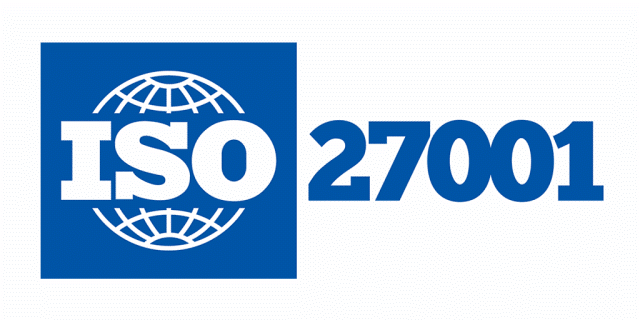Cross Tenant Teams Migration Case Study:
Sencom – Cross Tenant Teams Migration Case Study

The Customer
Sencom provides consulting services for Microsoft Office 365, Enterprise Mobility & Security, and Azure.
Sencom helps its customers to move to Microsoft cloud from design to implementing and training. Sencom also creates ICT strategies in co-operation with our customers, create roadmaps, and plan development projects concerning customers’ journey to the cloud.
The challenge of this Cross Tenant Teams Migration Case study
Sencom needed to handle customer merger and migrate Microsoft Teams workspaces to a new Office 365 tenant.
Sencom started to investigate possible ways to execute migration and quickly found out that Cloudiway was the only company providing tools to get the migration done as per the customer expectations.
“We used Cloudiway Teams migration tool for this project and worked well – all customer’s Teams were successfully migrated to the new tenant. We bumped into minor glitches during migration, but Cloudiway support guided us through quickly!”
In the exploration of Sencom’s specific migration requirements, a comprehensive breakdown reveals a multifaceted landscape of elements that demanded meticulous attention and strategic handling:
Channels: Sencom’s intricate Teams architecture included a myriad of channels, each serving as a distinct conduit for communication and collaboration. The migration strategy needed to seamlessly transfer not only the content within these channels but also retain their structural integrity to ensure a smooth transition without disruptions to ongoing projects or discussions.
Conversations: The wealth of conversational data embedded within Teams represented a vital aspect of Sencom’s knowledge repository. The migration process had to encompass the transfer of threaded conversations, preserving contextual information and ensuring that historical dialogues were seamlessly transitioned to the new environment.
Files and Attachments: The repository of files and attachments housed within Teams held invaluable data integral to Sencom’s operations. The migration plan required a robust mechanism to transfer these files while preserving their metadata, versioning, and relationships with associated conversations and channels.
Notes: Beyond standard communications, the migration had to account for the migration of notes – a feature integral to capturing and organizing free-form information within Teams. Preserving these notes in their original structure and format was imperative to maintaining the continuity of Sencom’s collaborative knowledge base.
Associated Mailbox and SharePoint Site: The interconnected nature of Teams with associated mailboxes and SharePoint sites added layers of complexity to the migration process. Ensuring a seamless integration between Teams and these associated platforms was pivotal to maintaining holistic data integrity and accessibility.
Permissions: Sencom’s Teams ecosystem was structured with granular permissions, defining access levels for various team members. The migration strategy had to meticulously replicate these permissions to ensure that data access remained secure and aligned with Sencom’s established governance protocols.
Membership Roles: The diverse membership roles within Teams, each with its set of privileges and responsibilities, required a nuanced approach during migration. Preserving these roles and aligning them accurately with the organizational structure was crucial for maintaining collaboration norms.
Planners: Sencom’s use of planners within Teams for project management and task organization added another layer of complexity. The migration had to encompass the seamless transfer of planner data, ensuring that project timelines, tasks, and associated details remained intact.
Cross Tenant Teams Migration Case Study
During the discovery session, Cloudiway’s teams engaged in a collaborative effort with Sencom to thoroughly understand the unique requirements and challenges associated with the migration of Teams site features. This interactive process allowed for the identification of specific goals and objectives tailored to Sencom’s organizational needs.
The decision to choose Cloudiway as the migration solution stemmed from a comprehensive evaluation of various factors. One of the key advantages that influenced Sencom’s choice was Cloudiway’s cloud-based architecture. This feature eliminated the need for on-premises installations and hardware, streamlining the migration process and minimizing potential disruptions to Sencom’s existing infrastructure.
Cross Tenant Teams Migration Case Study
The cloud-centric nature of Cloudiway’s solution not only offered flexibility but also empowered Sencom with precise control over the migration process. Sencom could determine the timing, methodology, and scope of the migration, ensuring that it aligned seamlessly with their business operations. This level of control was made possible through a unified and intuitive interface provided by Cloudiway, simplifying the complexities associated with the migration of Teams site features.
In addition to the technical advantages, Sencom recognized the efficiency gains and time-saving benefits associated with Cloudiway’s solution. The seamless integration of features and the user-friendly interface contributed to a smooth migration experience, reducing the learning curve for Sencom’s teams and accelerating the overall project timeline.
Industry
Consulting Services
Founded
2011
Website
https://www.sencom.fi



